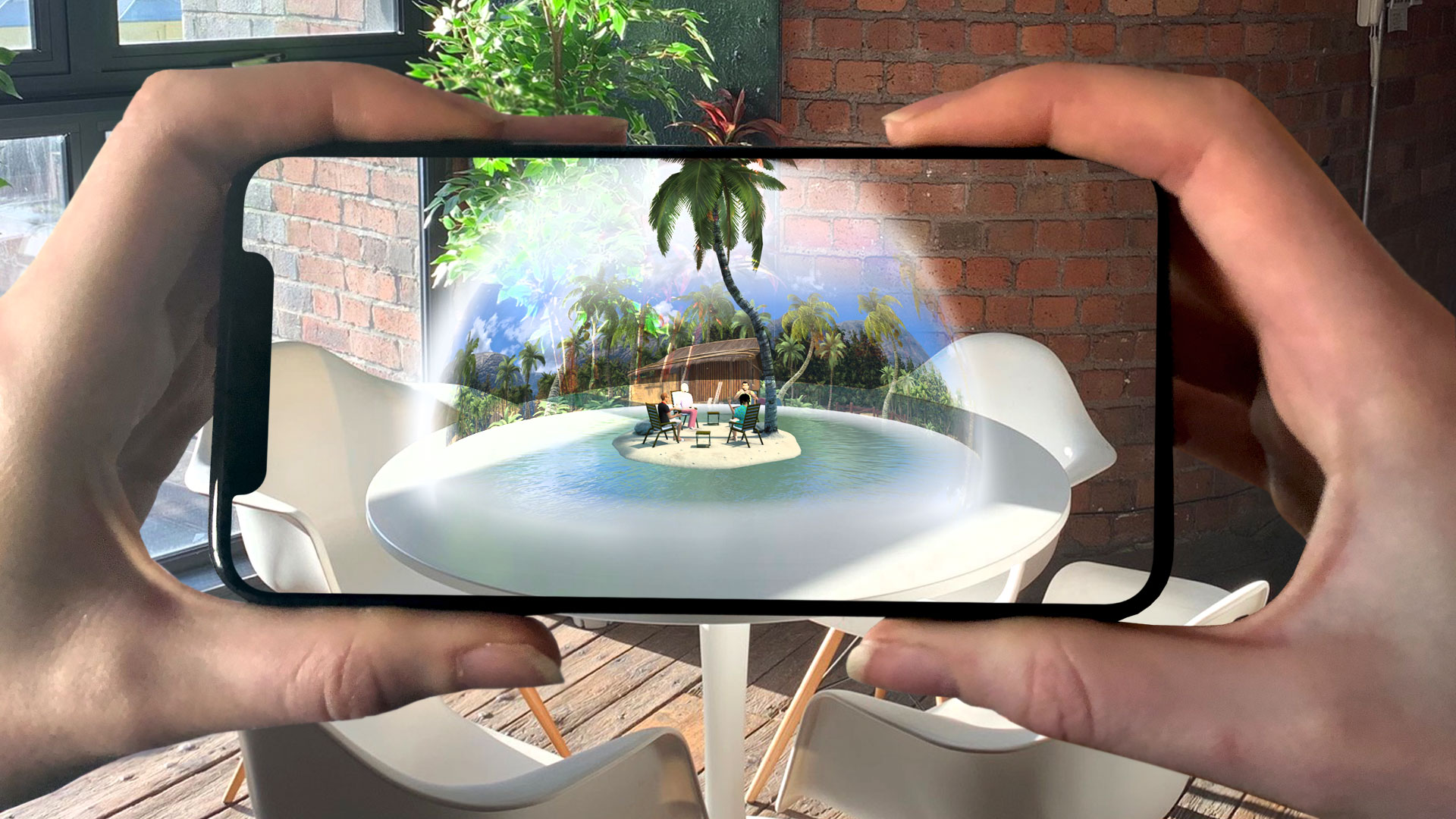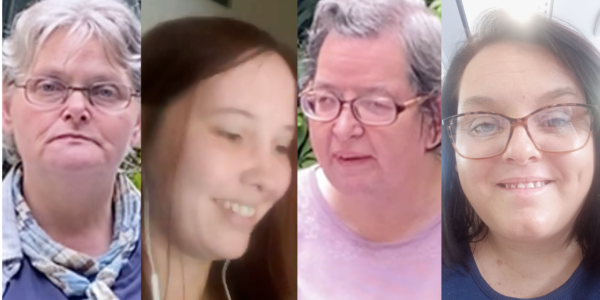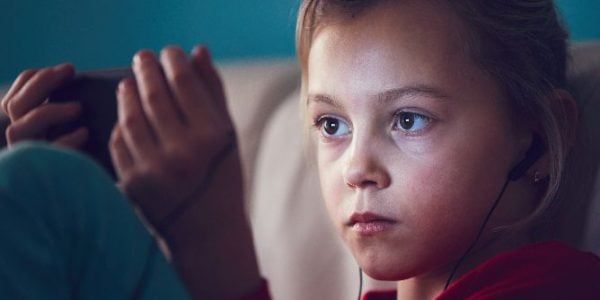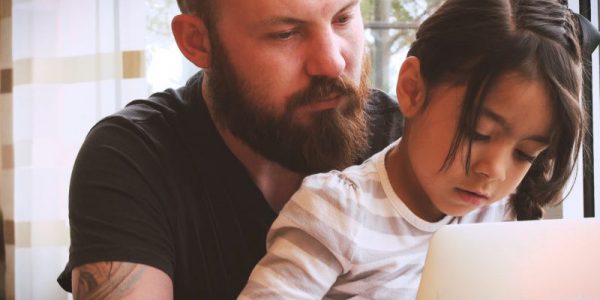Over the past two years virtual reality technology has started to be used in children’s social care. Could it be used to support family contact arrangements for children during this crisis?
The social enterprise Cornerstone Partnership has developed a virtual reality tool to help professionals better understand the impact of early life trauma. The tool has already been used in over a third of local authorities in the UK to support practice in fostering, adoption, early help services and education.
More recently Cornerstone Partnership has been developing a tool to support remote working in children’s social care, to support supervision, therapy sessions, parenting support and direct work with families and children.
Now, in light of the coronavirus pandemic, Cornerstone Partnership is bringing forward the next phase of development to enable the use of virtual reality to support remote contact between children over the age of 11 and their birth family, their social worker or youth worker.
Supporting remote contact during the coronavirus pandemic
It is anticipated that the tool will be particularly useful for maintaining contact between adolescents and carers/residential workers where there are placement stability concerns. It may also be particularly useful as a means of managing contact where there are ongoing familial or extra-familial safeguarding risks.
In a typical virtual reality environment avatars represent each of the participants. Computer-generated imagery (CGI) environments are thought to generate benefits by allowing users to step out of their real world and into an immersive, relaxing place far away from the stresses and strains of what may be happening in their living room. For some people the ability to appear as an avatar of themselves enables them to feel freer to disclose and feel less intimidated.

Using avatars in place of face-to-face contact
In particular, there are two anticipated benefits from using avatars in place of face-to-face contact (whether that is online or in person). Both relate to children and young people’s willingness to engage. The first is the control and volition afforded to children; they have a say in how they wish to appear and, moreover, how they wish the other party to appear. This truly does hand power to the young person in a medium within which they are very comfortable (and in all likelihood, more comfortable than the adult they are meeting). Certainly gaming industry studies highlight the levels of comfort young people express in their attitudes to virtual reality. Secondly, virtual reality may help young people engage where they find eye contact difficult. The lack of eye contact in a virtual reality setting, and the absence of more subtle body language, may enable young people to feel less exposed or on show.
A large-scale pilot of the technology across the UK is being launched to enable social care teams to put in place remote but immersive digital contact arrangements for appropriate children and families. Pilot sites can expect to go live from mid-April onwards.
For further information or to speak to the Cornerstone team directly please log an enquiry on the Cornerstone website or email helen@thecornerstonepartnership.com putting ‘VR-Contact Pilot’ in the title line.
Helen Costa is the founder of Cornerstone Partnership.










